I am first and foremost, a paleo illustrator specializing in vertebrate, or back-boned, animal anatomy. When I observe the sheer diversity of living and prehistoric species within this zoological category alone (not even counting the invertebrates), I am constantly amazed, inspired, and overwhelmed by the aesthetic perfection of functional design, and how much I have to learn from it all.
But within all this variety, there is a fundamental consistency of design from the fishes through the tetrapods (amphibians, reptiles, birds, and mammals), and it is helpful to think of this as variations on a theme: the unifying backbone, a skull and tail, a ribcage (usually), and the shoulder and pelvic girdles from which the fore legs and hind legs are suspended respectively. The bones and muscles, whether one is a fish, a falcon, or a fox, are fundamentally the same.
The design of animals is actually very simple, but sophisticated—what an animal looks like, is exactly what it needs to do. Anything extra is potentially compromising to the organism, which is why additional pairs of limbs for example, with their extra weight, as well as the extra calories needed to support them, is usually not conducive to survival in the wild. There is always a reason as to why an animal looks the way it does, and this is the basis of understanding animal anatomy, and the reconstruction of ancient species from their fossil remains.
That being said, one can see the natural bridge between paleo illustration, and the creation of believable creatures.
One of my fairly recent paleo illustration jobs was that of reconstructing a large river dwelling amphibian, the Diplocaulus, from the Permian Era, about 295 million years ago, before any dinosaurs appeared. This 3-foot creature was related to today’s salamanders, and was notable for the boomerang shape of its skull, formed by the horn-like extensions of the parietal bones. It was also considerably broader from side to side than your typical salamander living today.
The body was apparently propelled by a long ribbon-like tail, although some experts speculate that it may have propelled itself by bobbing up and down of its broad body, and various theories exist regarding function of the horns. The most popular of these is that the horns acted as an airfoil, generating lift when swimming into a river current; the horns may have also prevented even larger predacious amphibians, such as temnospondyls, from fitting the Diplocaulus into their mouths and swallowing them.
The eyes are positioned at the top of the head, and that, combined with the short, wide body, suggests that this animal spent much of its time on the riverbed watching out for prey, before raising its head and quickly gliding up to the surface to snatch dinner. This is somewhat different from most of today’s salamander species, where the eyes are positioned on the sides of the head, and the body is narrow, which makes sense, as many of these critters travel from pond to pond overland.
All in all, a superb natural design, and a design that benefits the living animal. What a great model to apply to an imaginary creature.
Working from the best fossil references I could find, I nevertheless took myself to the local Vivarium as well as Pet-co, and sketched various salamanders swimming, simply to get into the nature of the beast, and as they are the closest relatives available to me for the Diplocaulus. I then applied the proportions of the Diplocaulus over the proportions, and went from there.
To get the big picture, when doing quadruped recontructions, a paleoartist starts with the side orthographic view, and to this end, I first drew the articulated skeleton, and then reconstructed the muscles, based on contemporary amphibian and some reptilian musculature, according to the bone scars where the muscles originate and insert. From there, I did the surface anatomy, and speculated on the skin color and texture based on mainly aquatic salamanders.
At that point, I did a top view orthographic to show the width of the body and the breadth of the horns, as well as depicting the possible gape angle of the open mouth. A head-on view was also played with. Included in this montage are some comparison studies of the Diplocaulus with contemporary species (the Axolotl and Japanese Hellbender), and I adapted the pose of one of my spotted newt sketches to that of a Diplocaulus doing the same thing. I felt fortunate that I also had kept those little spotted newts as pets—delightful little animals, and quite interesting to watch. And I couldn’t resist doing some animated characters in a couple of different styles, now that the main, serious job was done.
I was thinking about what an appealing design the Diplocaulus had, and started doodling. One of those doodles I included at the lower left corner of the montage, and while it wasn’t meant to be brilliant, or even particularly good, it contained the germ of an idea for a more involved creature based on what I learned from the Diplocaulus job.
After a number of sketches, I finally came to one that I liked, and developed it seriously. It was to have a similar lifestyle and locomotion to the Diplocaulus, but would be much larger, about the size of two water buffalos head to tail. It would act as a domestic animal for some sentient amphibious species, and would be subject to attacks by felinesque salamander predators.
Using the principles of paleo illustration, I designed the skeleton, musculature, and surface anatomy. I added variations such as an extra pair of horn-like extensions on the tail (for extra lift, since this is a really big creature) and a pugnacious, jutting lower jaw for character, and for scooping up kelp in addition to other prey. Since it itself has to watch out for predators, rather than having the eyes at the top of the skull, the eyes are on the sides, for panoramic vision similar to that of a deer or antelope, or a water buffalo, for that matter. I likewise did a top view, and just for fun, included a character doodle.
So, I have a basic story, environment, natural history, and anatomy to fit this. These are the essentials of creature design, as I see it. Plus, since Nature got it right the first time, I have that foundation as well. This gives me wings to play and work, which results in a narrative concept illustration, and putting the creature, christened the Diploblubb, into action and different poses.
In practical application for the Entertainment Industry, the anatomical studies are not just for me, but are used by the production team—for the modelers, the riggers, and finally by the animators. And the more anatomically correct and available you make the creature, the less mistakes are made in production, the more the budget stays intact, and you make the producer and the studio very happy, and the happier they are, the more jobs you are likelier to get in the future.
The media used in this case for a quick turnaround and watercolor effect is Copic markers.
And why, perchance, is this creature called the Diploblubb? Obviously in homage to its inspiration, the Diplocaulus (in Latin, “double-collared” one), but because the sound it makes is “ blubba blubb blubb”.



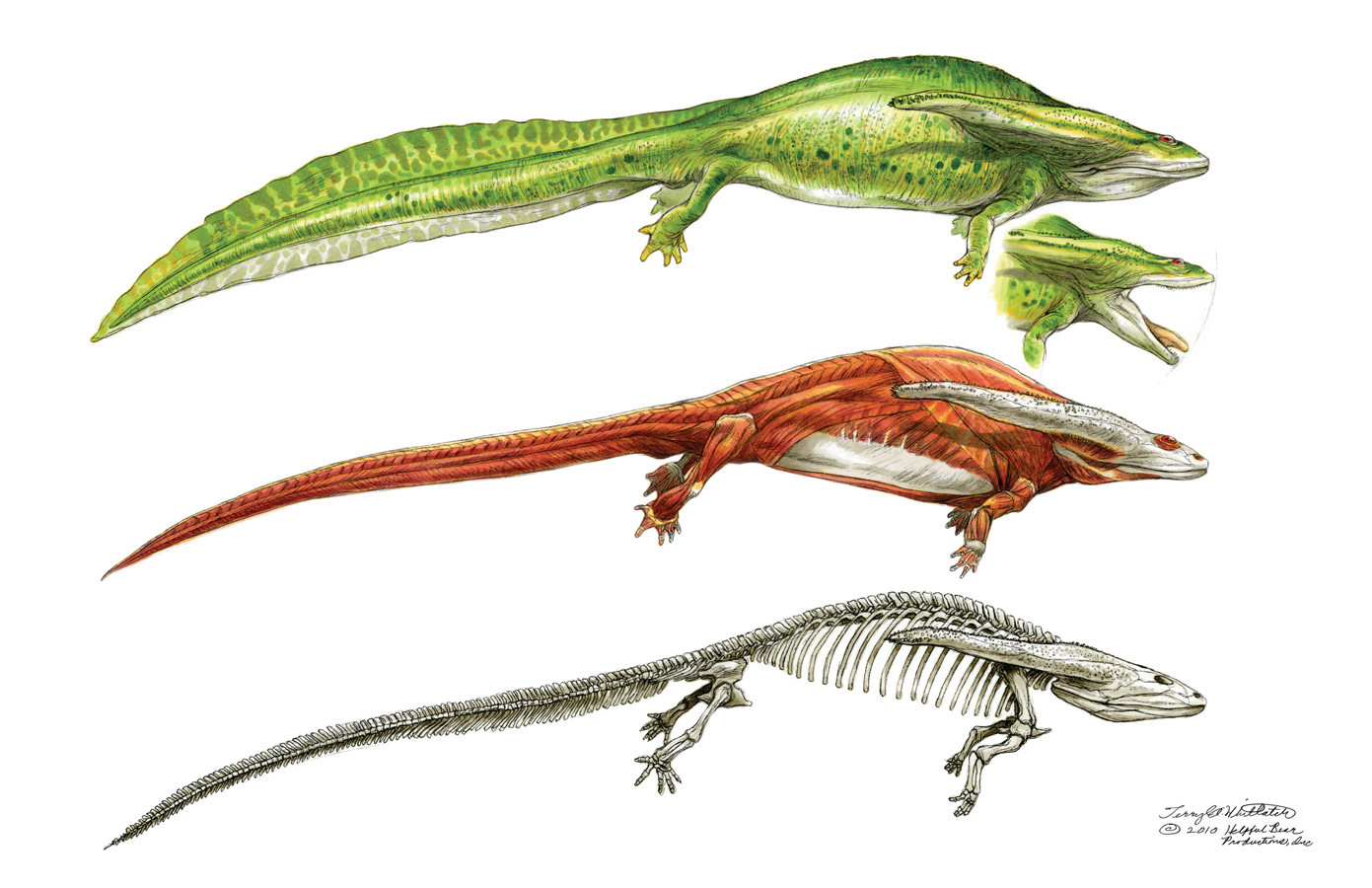
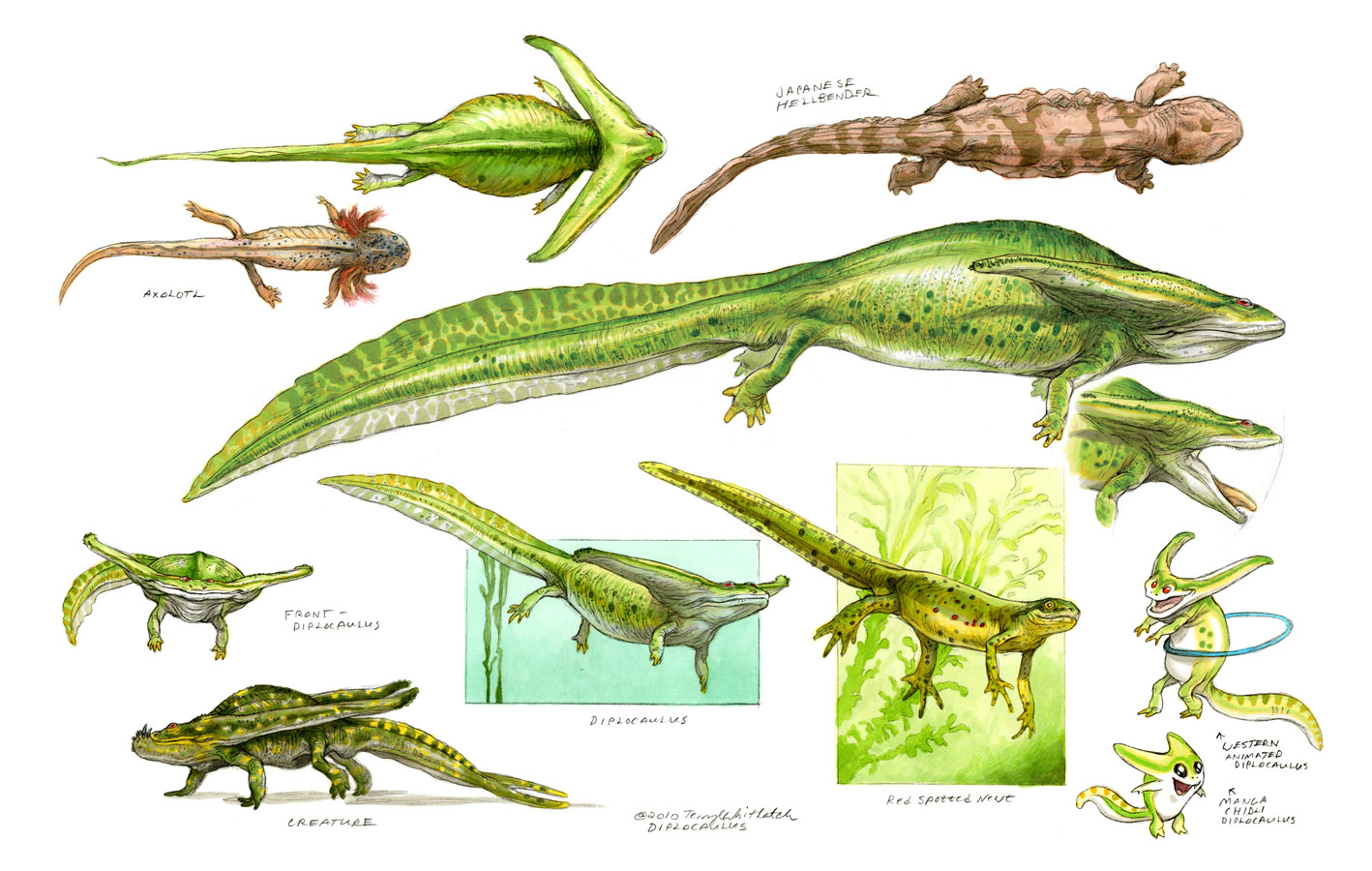
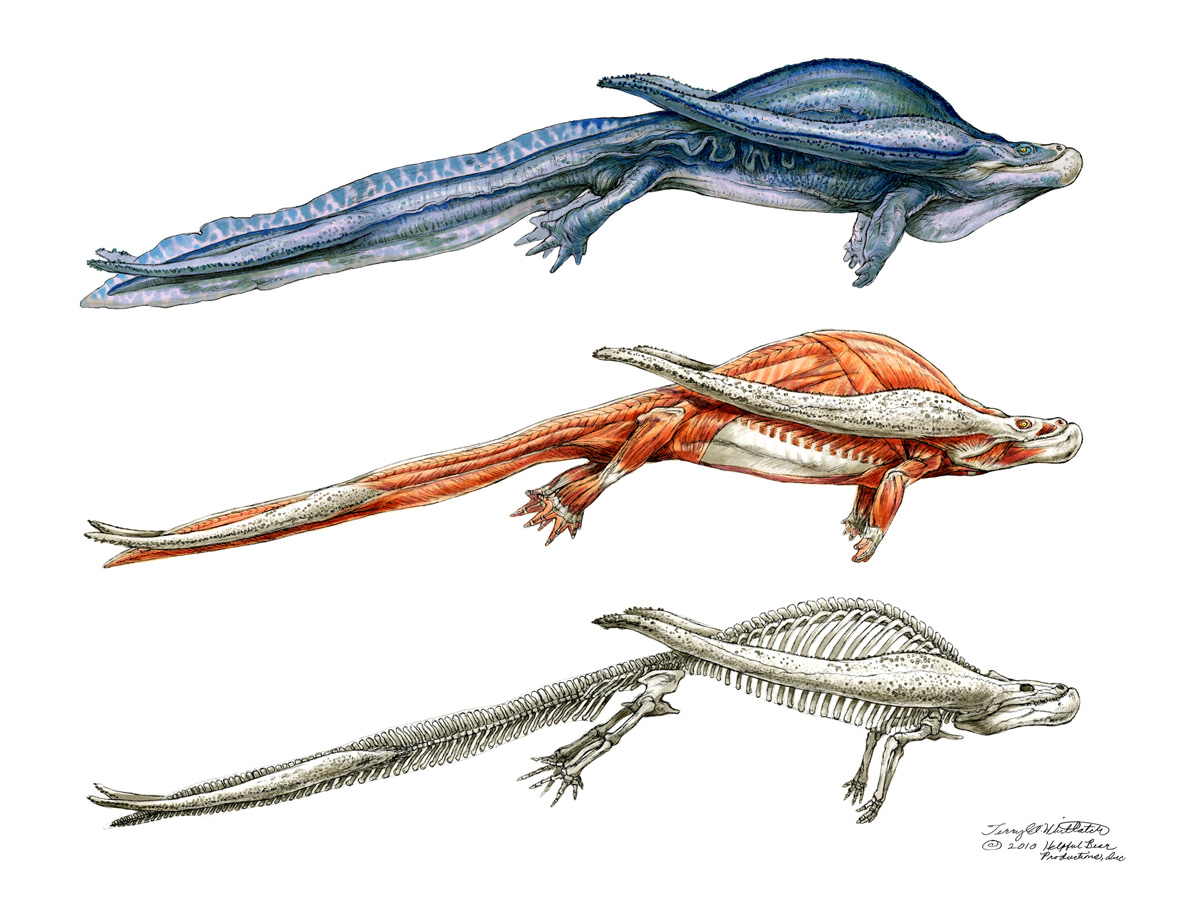
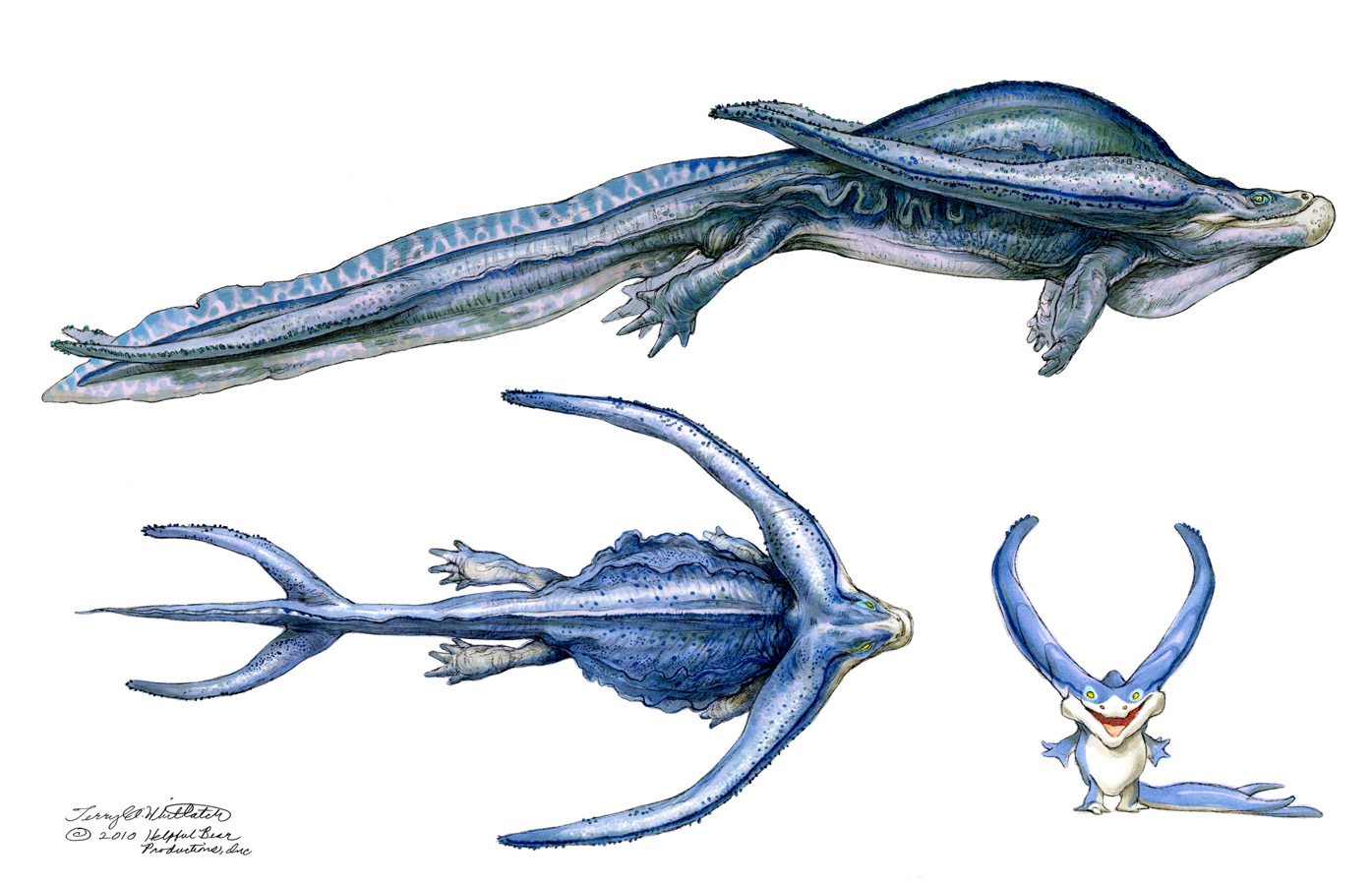
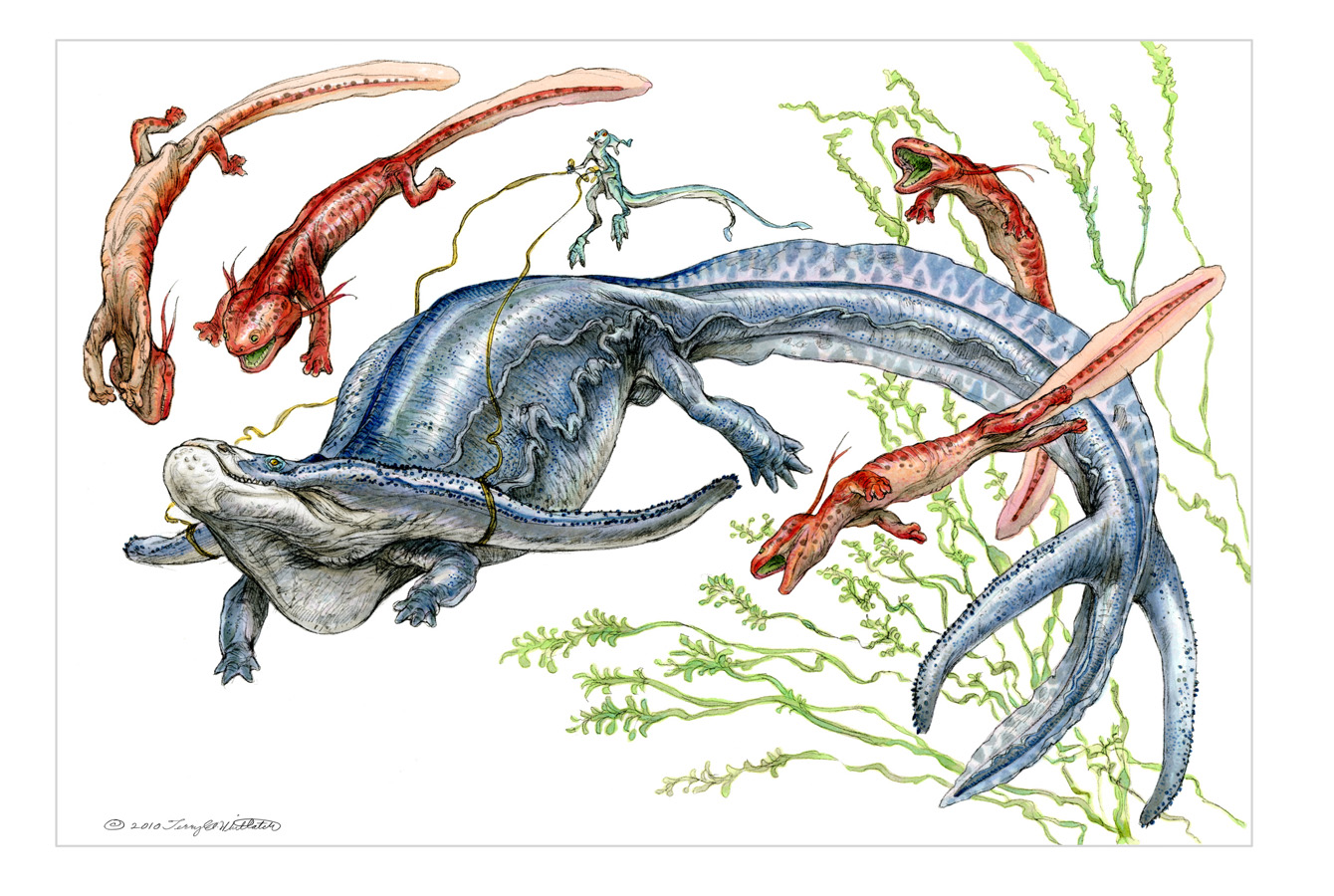
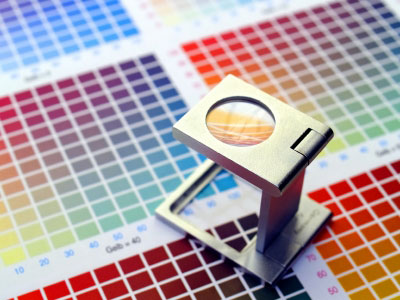
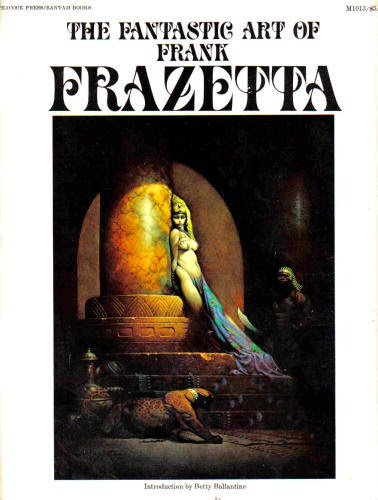
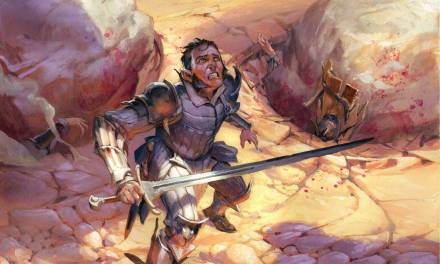


I <3 this post so much! Brilliant stuff.
blubba blubb blubb! 😀
Facinating! Many thanks for this.
This was a great topic and food for thought as well. I rly liked the part about the 6 limbed creatures and why they are inefficient. But if a creature is to have 6 limbs(a dragon,deamon or an ogre etc)-and this is smth that bothers me all the time- do you have any idea where and how this second pair of upper limbs would be attached? Does it have also a second pair of shoulderblades- below or ontop of the original one-or maybe both pairs of limbs are connected to the same pair of shoulder blades. I rly dont know what would be the best and most logical solution
Fascinating, thank you Terryl.
I know you sometimes do invertebrates too. As I'm a bit obsessed by tentacle-thingies, I hope you show us what is you process for this kind of creatures too 🙂
Brilliant article! Really interesting to read about how you approach a job by thinking of the practicalities of the creature, and your artwork is amazing. I love the pose and perspective of that final picture, thanks for sharing!
Great Stuff. I love the movement in the composition on the bottom… a great contrast to the anatomical studies above. Nice to see them presented side by side.
Fantastic post! Terryl, I would love to learn more about your training and sources of learning for such a deep understanding of natural anatomy. Did you study physiology and paleontology in school, or pick it up through self study? Can you recommend any good books or other sources of info?
Hi John,
I majored in Vertebrate Zoology with an emphasis in paleontology before going to art school, but I was always deeply into the subject since early childhood. My dad, who taught biology, had a lot to do with that, and whenever I wasn't drawing animals, I was reading about them. I think I saw every Jacques Cousteau special ever made!
As far as books on animal anatomy that I feel every illustrator should have in their library, I recommend the following:
An Atlas of Animal Anatomy (Dittrich, Baum, and Ellengberger)
Animal Painting and Anatomy (W.Frank Calderon)
Animal Drawing (Charles Knight)
Animal Anatomy for Artists (Goldfinger)
East African Animals, 7 volumes (Kingdon)
Art Anatomy of Animals(Seton)
Tunnicliffe's Birds (Tunnicliffe)
The Princeton Field Guide to the Dinosaurs (Paul)
Artistic Anatomy (for human anatomy) (Richer and Hale)
Some of these are out of print, but should be available on Amazon used, or Alibris. I've found that all of them work very well together. I also subscribe to two taxidermy magazines, which provide great references and resources. They are Taxidermy Today and Breakthrough.
Regarding extra pairs of limbs, additional should blades and/or pelvic girdles vs shared structures is a continual problem. A lot has to do with the proportions of the creature, as well as the external aesthetic, if this is for a feature film. There is really no one good solution, since such anatomies would not work well in the real world. The complexities of the musculature increase, and there would be possible frictions between the muscle systems. This sort of anatomy for a back-boned creature can only exist in the worlds of Fantasy, or, Sci-Fi speaking, on planets with very low gravities. However, for invertebrates, go for it–add as many legs as you'd like, especially if the organism is aquatic. Invertebrates have totally different anatomies and muscular set-ups–the muscles are enclosed within the chitonous skeleton (if one is an arthropod), and not affected by gravity (if one is a mollusk, such as an octopus).
Wow! This is so interesting.
I can't wait to hear more in the future!
I've always loved your work, your approach to creature design is very practical and natural! Looking forward to more>
Haha, you know so much about anatomy and biology in general that I had to use a dictionary several times 😀 Well as comprehensive as you answer was, the questions remains- what would you choose for a back-bone creature(let's say a dragon, since they have such a major place in fantasy art).Even though a 4 limbed dragon is a natural and good looking solution, it is always a chalange to construct one that has both arms and wings.Leave the external aesthetic aside in the name of science- I share common thought with Mr Nevil Page on this one- when things look logical they are always more successful. Thank you for your time btw.It is well appreciated 🙂
Hi Gollor,
a winged dragon, or a Pegasus for that matter, is as you've said, a six-limbed vertebrate, or hexapod. In the name of science, then, and forget the aesthetic. The most efficient flying vertebrates extant are the birds, and the bats second. The spine would need to be rigid, and fused (think fuselage on an airplane). The skeleton would need to be porous, yet strong, and only the legs, tail, and neck would have any flexibility in motion (the animal couldn't bend at the waist). There would be huge pectoral muscles to power the wings, and the animals would resemble a pouter pigeon in silhouette. To move the forelimbs, there would be an additional set of pectorals, possibly buried underneath those powering the wings. The hind legs would need to be powerful to spring up into the air to clear the ground, perhaps aided in the push-off of the wings. Or, the animal could run off a cliff and launch itself. The wing span itself would be immense, at least as long as a gliders, and any flapping of the wings while running along the ground albatross-style would be limited.
So, if you took an animal that weighed far more than the largest Pterosaur, say a horse, which would be between 1200 and 2000 pounds, even if you decreased that weight by a third with hollow bones, imagine the strength and calories it would take to power that animal.
It's a fun problem to play around with, and a good case for the design of pouter-chested dragons and the like.
I LOVE reading about your thought process and about the animals you create and re-create. It's just so fascinating! I wanted to be a scientific illustrator and studied it in college, but was told by a teacher there would never be work for me in it because museums were scanning and photographing bones and artifacts. I then switched to illustration, but still have a love for all species. I am so glad to read your posts and am interested in hearing more. I wish you would teach a long in depth course here in San Francisco sometime. 🙂
Julia,
I encourage you to check out the Guild of Natural Science Illustrators (GNSI), if you are interested in this field. There is much more to scientific illustration than photos of bones:-) There is also a 9 month long program in Natural Science Illustration at California State University at Monterey Bay.
Thank you so much!The way you describe things is magical-I am already walking blindly and pupposly around the house, imagining bone structures and extra tendors, as well as behaviour,areal and some additional enery sourse…probably photosynthesis since the huge surface of the wings -like a sun pannel kite haha, dont think that's even nearly possible though 🙂
A beautiful post! Thanks for sharing it!
Ah! Thank you for the information! 🙂